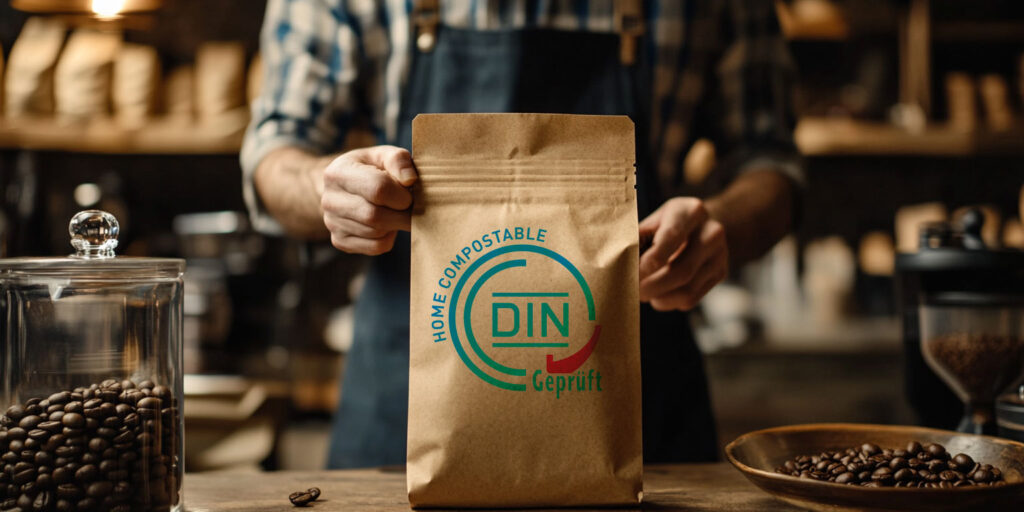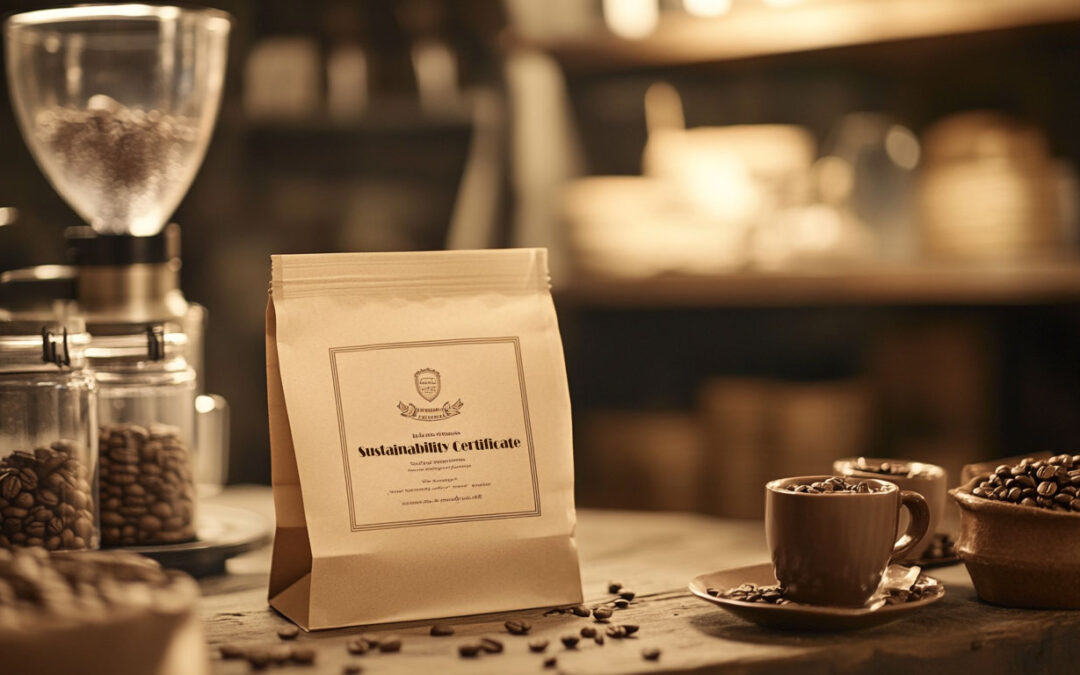Not all coffee packaging is created equal—some are more sustainable than others. But how can you tell if a coffee bag is truly eco-friendly? Understanding certifications and materials can make all the difference. Learn what to look for and how to ensure your coffee packaging aligns with sustainability goals.
Eco-Friendly Coffee Bags: How to Tell if They’re Truly Sustainable
Is Your Coffee Packaging Really Sustainable?
The coffee industry is evolving, and sustainability is at the forefront. Many brands claim to have “eco-friendly” packaging, but how do you know if their coffee bags are genuinely sustainable? The answer lies in the materials used and the certifications they carry. Let’s break down what makes packaging truly sustainable and how to verify those claims.
What Makes a Coffee Bag Sustainable?
Sustainable coffee packaging is more than just a label—it’s about reducing environmental impact while maintaining product quality. The key elements include:
- Material Composition – Are the bags made from renewable, recyclable, or compostable materials?
- Manufacturing Process – Does the production minimize carbon emissions and waste?
- End-of-Life Impact – Can the bag be composted, recycled, or repurposed instead of ending up in a landfill?
- Certifications – Do reputable organizations verify the sustainability claims?
Without these factors, packaging might look eco-friendly on the outside but still be harmful to the environment.
Key Sustainable Certifications for Coffee Packaging
If you want to ensure your coffee bags are genuinely sustainable, look for these third-party certifications:
1. FSC (Forest Stewardship Council) Certification
- Guarantees that paper-based materials come from responsibly managed forests.
- Ensures ethical sourcing and minimal environmental impact.
2. BPI (Biodegradable Products Institute) Certification
- Confirms that packaging is compostable and breaks down efficiently in industrial composting facilities.
3. OK Compost Certification (TÜV Austria)
- Verifies that packaging meets compostability standards for home and industrial composting.
4. USDA Certified Biobased
- Indicates that the packaging is made from renewable biological sources rather than petroleum-based materials.
5. Cradle to Cradle Certification
- Measures a product’s environmental and human health impact across five sustainability categories.

How to Verify Sustainable Packaging Claims
Many brands use eco-friendly buzzwords, but true sustainability requires proof. Here’s how to check if a coffee bag meets sustainable standards:
- Look for Official Logos – Genuine certifications display logos from reputable organizations.
- Check the Brand’s Website – Responsible brands provide transparency about their materials and certifications.
- Research the Packaging Supplier – Some coffee brands source from packaging manufacturers that already have sustainability certifications.
- Understand Disposal Instructions – If a bag is compostable or recyclable, the brand should offer clear guidance on proper disposal.
Making the Right Choice for the Planet
Sustainable coffee packaging isn’t just about the material—it’s about the entire lifecycle of the bag. By understanding certifications and verifying claims, you can ensure that your coffee choice aligns with environmental responsibility. Whether you’re a roaster or a consumer, making informed decisions about packaging can help reduce waste and promote a greener future.
Closing Thought: Coffee Packaging That Cares
Your morning coffee should energize more than just you—it should support a healthier planet. Next time you pick up a bag of coffee, take a closer look at the packaging. What’s inside matters, but so does the outside. Choose wisely, and make every cup count toward sustainability.

